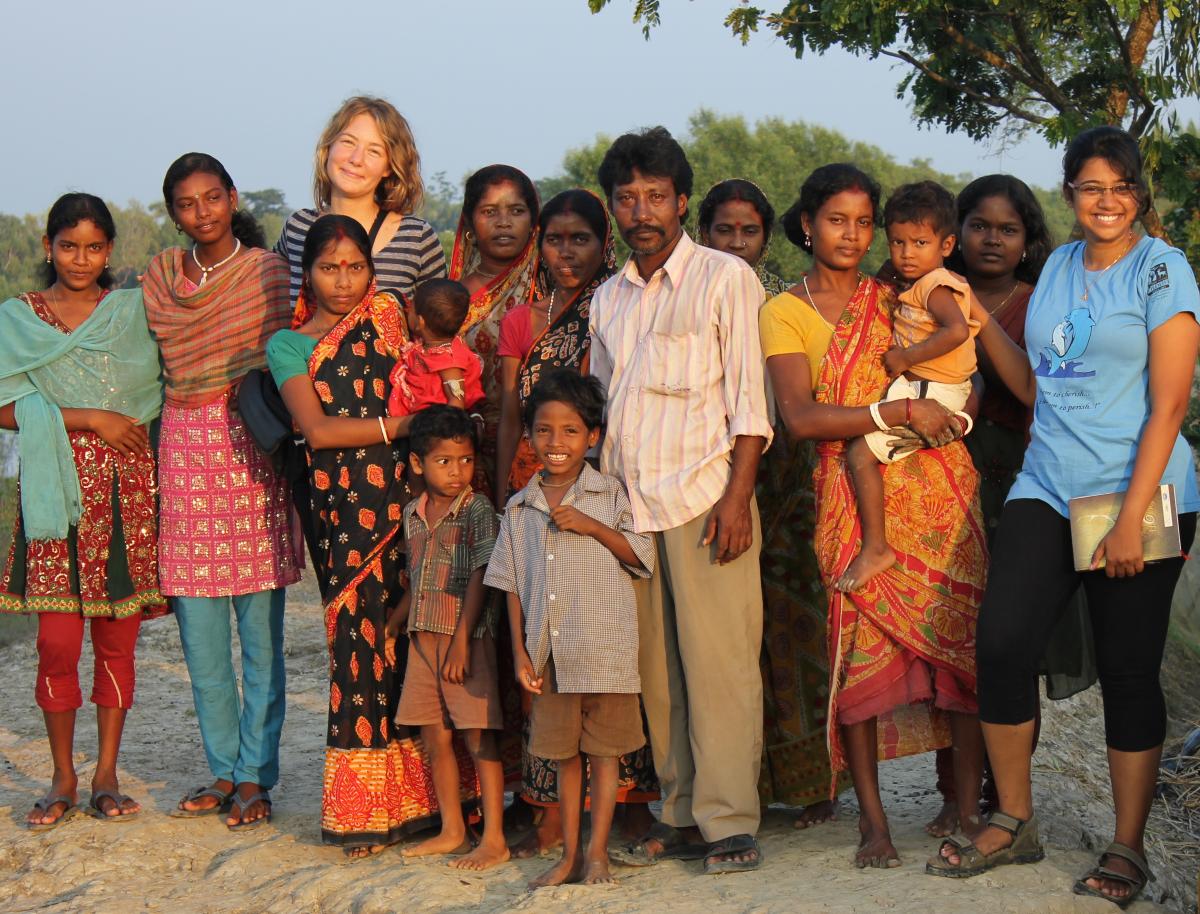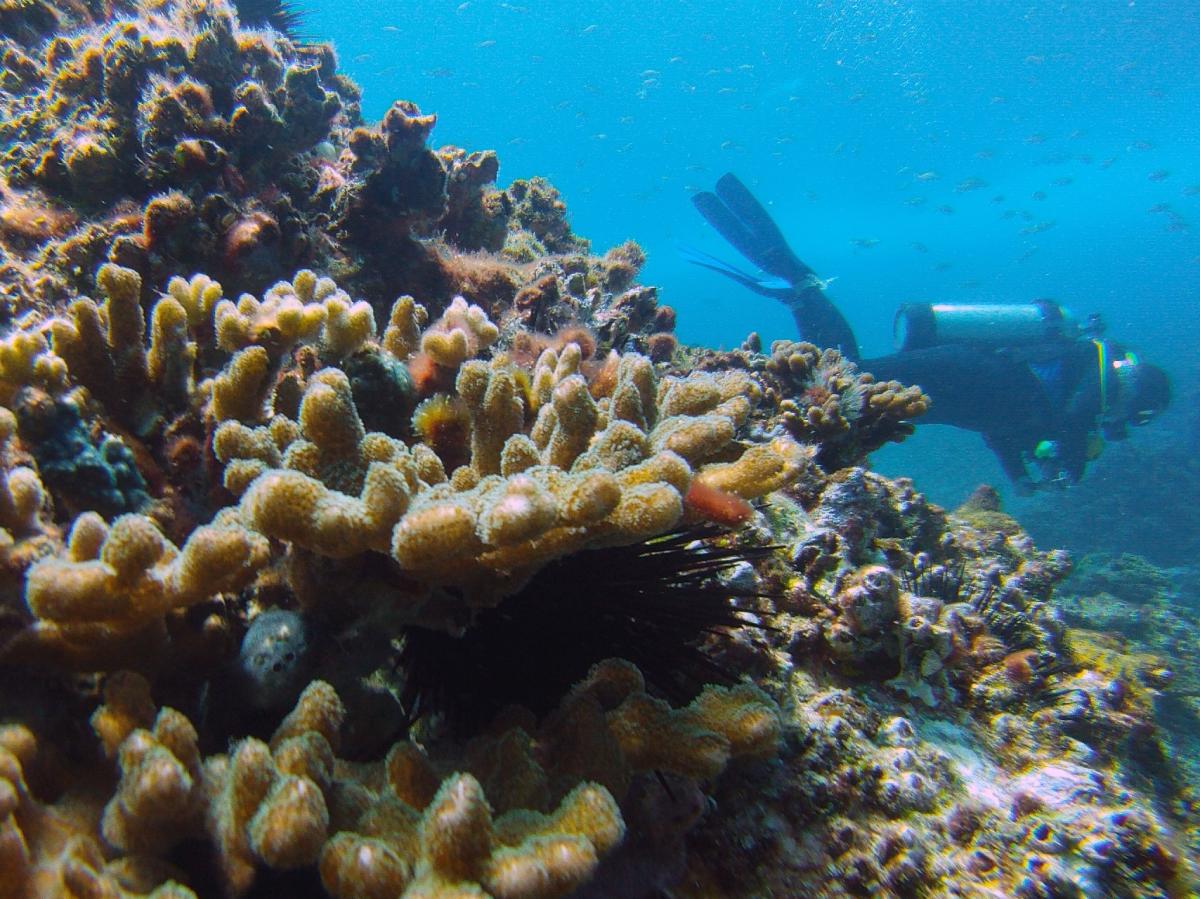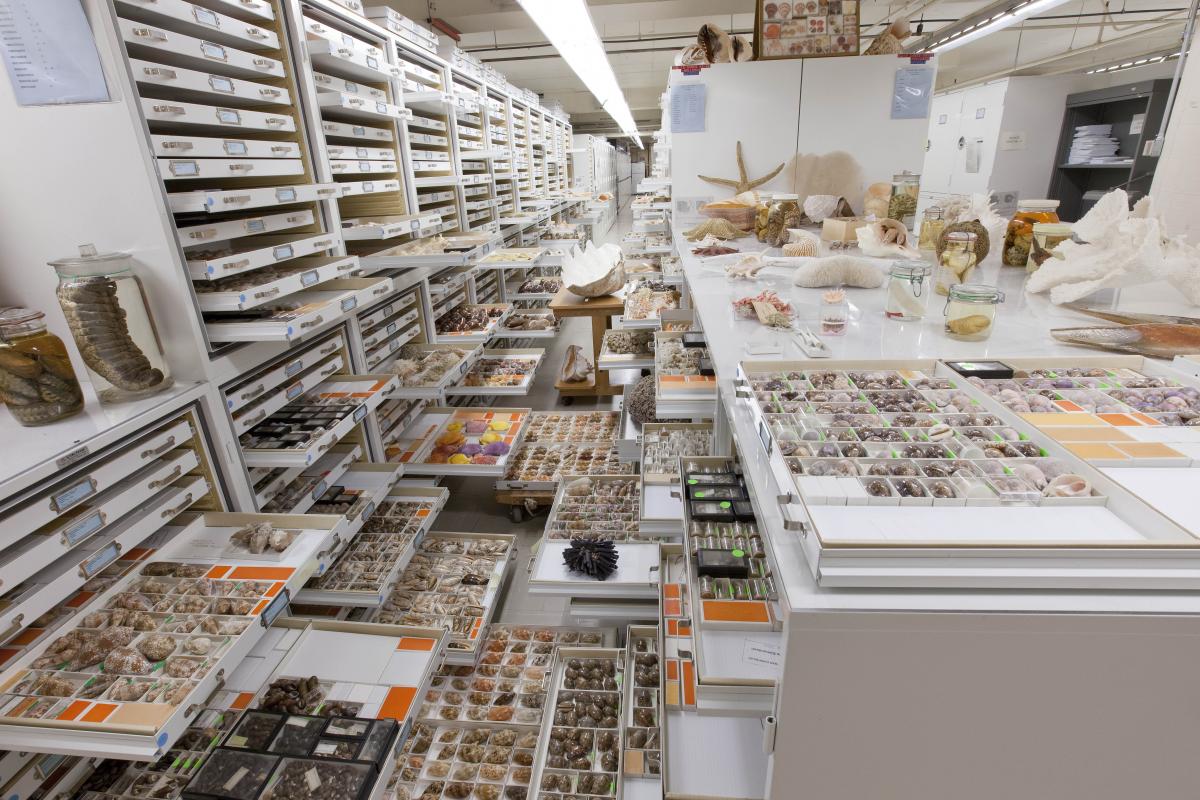June 28, 2013
The Marine Biodiversity Hub has supported 17 PhD students and one summer scholarship student from CERF and NERP funding, including a generous scholarship program from the University of Tasmania (UTAS).
Students supported by the Biodiversity Hub have made the most of wonderful opportunities to collaborate, interact with managers, and travel to work with world-leading scientists. And the Hub has made the most of our wonderful students, kindling in many of them a desire to continue research in areas that make a difference to our long term biodiversity conservation and management of marine resources.
Anna McCallum studied Decapod crustacean diversity along Australia’s western continental margin for her PhD with the University of Melbourne and Museum Victoria, and is now collating data on squat lobsters at a global scale. Her work through the Hub allowed her to collaborate with scientists from CSIRO, Geoscience Australia and the Australian Institute for Marine Science. Anna says that working with the Hub has provided her with a breadth of skills and experiences, and a broad view of marine research and the needs of marine management across Australia.
PhD student Sebastian Schmidt-Roach worked at the Institute for Marine and Antarctic Studies, (UTAS), and the Australian Institute of Marine Science to investigate the influence of life history on the population structure and levels of speciation within coral species of the genus Pocillopora. He says the Hub provides excellent supervision by world-class scientists, as well as the opportunity to study and establish collaborations with colleagues at a range of international agencies, research stations and laboratories.
Narissa Bax was inspired to begin her PhD at the Institute for Marine and Antarctic Studies by the beauty and diversity of Stylasterid coral fields in East Antarctica. Funded by the Hub, she spent six months at the Smithsonian Natural History Museum under the supervision of Dr Stephen Cains who helped her to identify and describe Antarctic stylasterid species. She has participated in a research voyage around the Scotia Arc region of Antarctica and worked on collections in the United States, France, Chile and Spain. Her ongoing work in Hobart will contribute to conservation management decisions from Chile to Antarctica.
Fiona Scott’s PhD research with the Institute for Marine and Antarctic Studies, centred on the rare marine macroalgae of Southern Australia. She used historical and field data to investigate the distribution of rare macroalgae endemic to southern Australia and their associations with physical and environmental factors. She has contributed to the national CATAMI (Collaborative and Automated Tools for Analysis of Marine Imagery) project, and is working with the Australian Antarctic Division building interactive taxonomic keys for marine microalgae.
While working with the Hub as a summer scholar, Adriana Fuessel researched the importance of effective development of monitoring objectives for use in marine management plans. Adriana says science-policy interaction is integral to the development of monitoring objectives. Her experience of the interaction between the Department of Sustainability, Environment, Water, Population and Communities (DSEWPaC) and scientists, particularly in relation to Commonwealth Marine Reserves, helped her to appreciate different perspectives, and left her optimistic about the development of trust and respected relationships. Adriana has begun doctoral research in marine governance at the Institute for Marine and Antarctic Studies.
Amelia Fowles focused on the role of human disturbance and its effect on organisms in temperate reef communities for her PhD with the Institute for Marine and Antarctic Studies. In 2012, she represented Australia at the International Youth Forum Go4BioDiv and attended the Conference of the Parties (COP 11) to the Convention on Biological Diversity (CBDCOP) in Hyderabad, India. Amelia says she engaged with diplomats and saw Marine Hub Director Nic Bax advising federal politicians on Australia’s component of the internationally binding treaty. A declaration from the youth of the world was delivered, calling for policy to be driven by scientific knowledge and for evidence-based decision making to guide policies on a more ecologically sound path. Amelia says that funding from the Marine Biodiversity Hub provided her with opportunities to work with world class scientists and meet with global leaders. She is a new member of the World Commission on Protected Areas (WCPA) Young Professionals and is contributing to the New Generation Stream at the World Parks Congress (Sydney 2014).
Images:
- Amelia Fowles at the International Youth Forum Go4BioDiv, India.
- Pocillopora aliciae pictured at Solitary Islands, a coral species described in Sebastian Schmidt-Roach’s doctoral thesis.
- Narissa Bax’s six month placement at the Smithsonian Natural History Museum. One of the aisles of the Invertebrate Zoology collection. (Image: Chip Clark)



Further reading
Collaborative and Automated Tools for Analysis of Marine Imagery and Video (CATAMI) blog
- Log in to post comments
